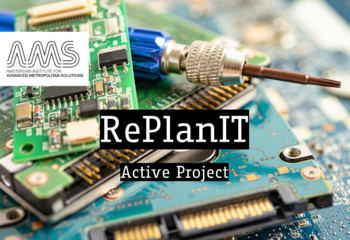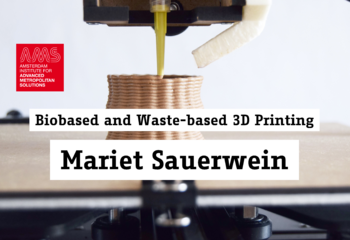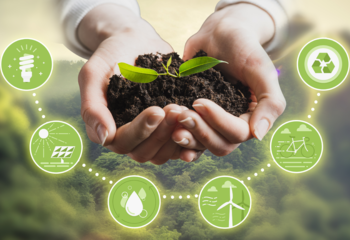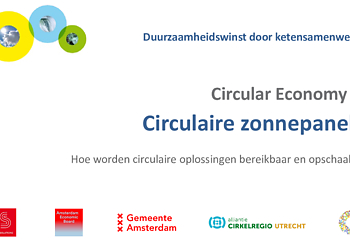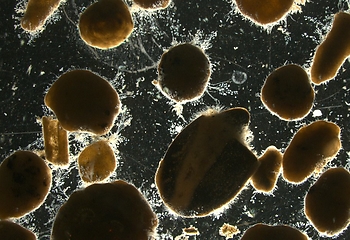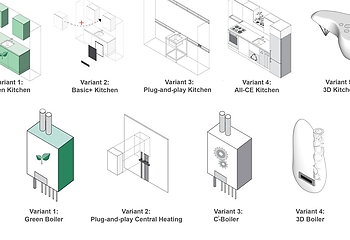Here you can find an interactive explanation of a circular Amsterdam.
How we work on a circular Amsterdam
For the transition towards circularity in urban regions, all scale levels matter. The approach looks at materials, products and components and also at buildings, infrastructures, districts, city, national and even at the global scale level.
The processes that are associated with circularity in cities at various levels are part of a differentiated and dynamic system. For instance, critical metals that are needed for renewable energy components need to circulate again after some time in production to avoid depletion. Currently such metals are transported from afar and may not be guaranteed in the future global market. Therefore, we need to look at the possibilities of mapping the availability of these resources within closer proximity, re-use them and keep them on the market.
In the construction sector, concepts and developments that support a circular model are, for instance urban mining and material passports. These concepts and developments face the challenge of integrating circular material use in the energy transition.
To best describe the implications and positive potential for social, spatial, financial, legal, and technical systems, more research is required. It is still unclear how to upscale innovations in a socially inclusive and architecturally elegant manner yet AMS Institute includes social values in its research agenda and holistic approach.
Amsterdam has positioned itself as a front-runner of circular innovation and other municipalities, like Haarlemmermeer are following suit. Multiple organizations join the movement to explore and develop circular opportunities as well. The city of Amsterdam joined these efforts by creating awareness, offering critical tools that facilitate circularity and establishing projects and programs around circularity, to which AMS Institute actively contributes with all the projects and activities that are explained below.








